Same Data, Different Stories
Because data comes from people, and data needs people to interpret it, there's no way that we can say that data by itself offers a conclusive proof for any claim. Instead, we need to account for the methods and motives by which people look at data sets, examine them for patterns, test hypotheses, and then communicate their observations through visual language.
To show that data alone can't come to its own conclusions, we took a single set of data variables about Massachusetts and asked several teams of cartographers to develop competing maps—that is, maps that use the exact same sources, but draw opposite conclusions. These maps, created specifically for Bending Lines, show how the conclusions that we draw from a data set rely on the choices of analysts and designers. We gave each team information about where the data sources came from, but we didn't give them any specific guidelines about how they had to interpret the information or what themes we wanted them to focus on.
These cartographers used text, colors, and symbols to convert the data sets from raw collections of numbers into persuasive arguments about the world. They used techniques like normalization and classification in different ways to make the reader see contradictory patterns. And although we specifically asked these cartographers to be sneaky, and to play with visual language in manipulative ways, the methods that these cartographers used are the same ones that are found in even the most honest maps. The difference lies in the motivation, not in the methods themselves.
